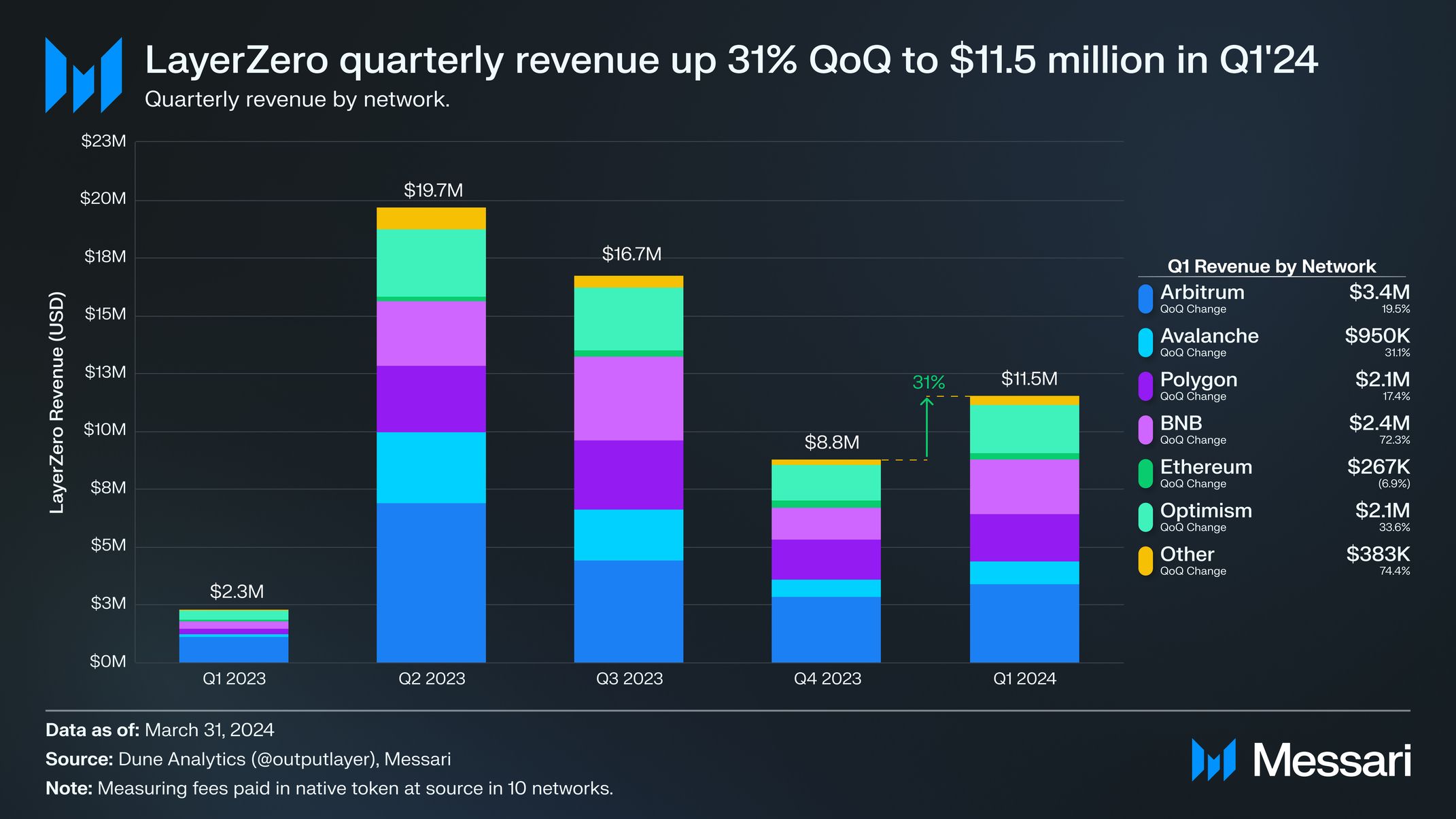The European Securities and Markets Authority (ESMA) has expressed concerns about the potential for maximum extractable value (MEV) to be used as a form of market abuse in its latest regulatory proposals under MiCA. MEV involves blockchain operators rearranging user transactions to maximize their own profits, which can negatively affect end-user profits. While some argue that MEV has a positive impact on improving blockchain network efficiency, others are calling for regulatory clarity on what constitutes market abuse in relation to MEV. ESMA is seeking clarity on who is responsible for malicious MEV tactics that constitute market abuse in response to the European Commission's request for advice on whether and when MEV can lead to market abuse. The European Crypto Initiative (EUCI) is seeking more clarity from ESMA on this issue, and ESMA's consultation seeking public feedback is open for comments until June 25.
Welcome Back
Click “Sign in” to agree to Cointime’s Terms of Service and acknowledge that Cointime’s Privacy Policy applies to you.
Join CoinTime
Already have an account?
Click “page.Sign up” to agree to Cointime’s <a class="underline" href="#term-of-service">Terms of Service</a> and acknowledge that Cointime’s a class="underline" href="#privacy-policy">Privacy Policy</a> applies to you.
Sign in with email
Sign up with email
Your email
Check your inbox
Click the link we sent to to sign in.
Click the link we sent to to sign up.
ESMA Raises Concerns About Blockchain's Maximum Extractable Value (MEV) as Potential Market Abuse
-
Wechat scan to share
Recommended for you
-
Cointime MAY 1 News Express
1.Celsius Network destroys 94% of total supply of CEL, worth over $89 million2.USDC Treasury destroyed more than 200 million USDC3.Pike was suspected of being hacked and lost 479 ETH4.Fantom launches $6.5 million development fund, betting on safer memecoins5.Yesterday, the U.S. spot Bitcoin ETF had a net outflow of $162 million6.The balance of Binance Bitcoin wallet increased by 6249.36 in the past 24 hours, and 15565.89 inflows in the past 7 days7.In April, NFT sales on the Bitcoin chain exceeded US$685 million, setting the third highest monthly record in history8.On-chain content distribution agreement Metale Protocol completes additional $2 million in seed round financing9.A whale deposited 1,140 MKR into Coinbase, losing about $1.1 million10.The Bitcoin stablecoin project, bitSmiley, goes live with its Alphanet V1, marking its debut deployment on the Bitcoin Layer 2 network, Bitlayer. -
CZ sentenced: A chronology of Binance’s legal battles in the US
Former Binance CEO Changpeng “CZ” Zhao was sentenced to four months in prison for violating U.S. money laundering laws. -
Here’s what happened in crypto today
Need to know what happened in crypto today? Here is the latest news on daily trends and events impacting Bitcoin price, blockchain, DeFi, NFTs, Web3 and crypto regulation. -
US Court to hear proposed remedies from Terraform Labs, Do Kwon in May
The SEC proposed that Do Kwon and Terraform pay roughly $5.3 billion in disgorgement, prejudgment interest and civil penalties, while the firm’s team suggested only $1 million. -
Bitcoin’s ‘euphoria phase’ cools, but a BTC bottom could be near — Glassnode
Data suggests that newer investors are behind Bitcoin’s sell-off, but sell-side exhaustion will eventually mark BTC’s price bottom. -
BlackRock's BUIDL becomes the world’s largest tokenized treasury fund
It took less than six weeks for the BlackRock USD Institutional Digital Liquidity Fund to surpass Franklin Templeton’s one year old tokenized treasury fund. -
BitVM – The first real path to Bitcoin Layer-2s
The recent approval of Bitcoin spot ETFs and bullish BTC price action have become a catalyst for heightened interest in the Bitcoin ecosystem. A myriad of projects aiming to improve Bitcoin’s scalability have been introduced in recent times, the most exciting of them being BitVM. -
Messari ·
State of Safe Q1 2024
With over $100 billion of assets stored in 8+ million deployed smart accounts, Safe is one of the go-to solutions for smart contract wallets. Previously called Gnosis Safe, Safe aims to create the standard for ownership with smart accounts. -
Messari ·
State of LayerZero Q1 2024
Though blockchains are designed to be secure, it is difficult to communicate securely between networks. LayerZero is an interoperability protocol that allows secure communication between over 60 networks. -
The Goldilocks consensus problem
Imagine that you wanted to build a sufficiently decentralized Twitter — a social network in which no single person or company is in control. How would you build something like that?
Daily Must-Read
-
US Court to hear proposed remedies from Terraform Labs, Do Kwon in May
-
Bitcoin’s ‘euphoria phase’ cools, but a BTC bottom could be near — Glassnode
-
BlackRock's BUIDL becomes the world’s largest tokenized treasury fund
-
USA to forge AI partnership with Nigeria for economic growth
-
Bitcoin halving 2024: 5 ways it’s different this time
-
The 2024 Bitcoin halving is the “most bullish” setup for BTC price











All Comments